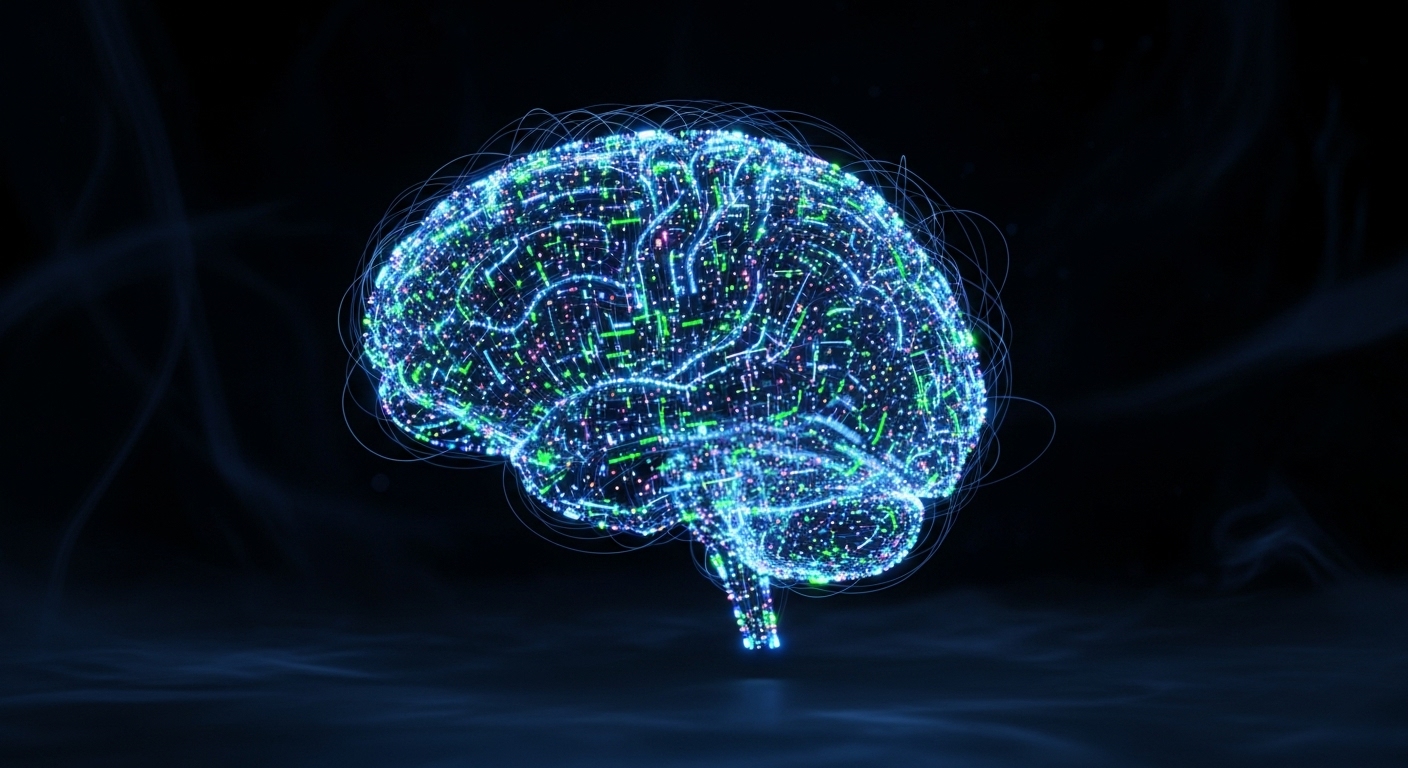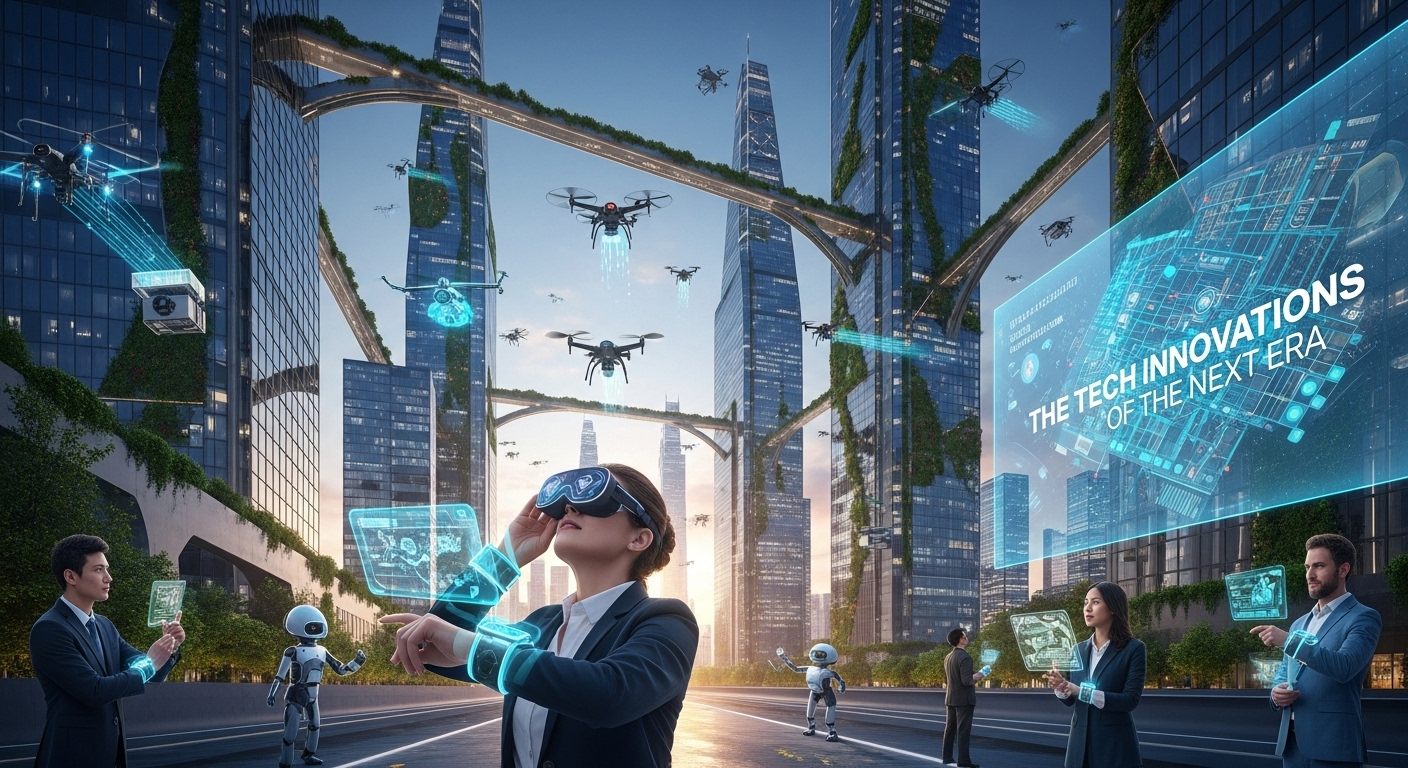Technology has become an inseparable part of our daily lives, reshaping the way we communicate, work, learn, and entertain ourselves. Over the past few decades, technological advancements have accelerated at an unprecedented pace, transforming every aspect of society. From artificial intelligence to cloud computing, and from smart devices to the Internet of Things (IoT), technology continues to redefine the boundaries of human potential. This blog delves deep into the evolution of technology, its current trends, and its transformative impact on society.
The History of Technological Advancements
Technology, in its broadest sense, refers to the application of scientific knowledge for practical purposes. Human civilization has witnessed several technological revolutions, each shaping the course of history.
The first major technological revolution was the Industrial Revolution in the 18th century. This period introduced machinery, steam engines, and mass production techniques, transforming agrarian societies into industrial powerhouses. Transportation, manufacturing, and communication experienced dramatic changes, laying the foundation for modern technology.
The 20th century brought the Digital Revolution, which introduced computers, telecommunications, and the Internet. This era shifted society from mechanical and analog devices to digital systems, enabling faster communication, data storage, and processing. The creation of personal computers, smartphones, and digital networks paved the way for a hyperconnected world.
The Rise of Artificial Intelligence
One of the most transformative technological advancements of the 21st century is artificial intelligence (AI). AI refers to the simulation of human intelligence in machines capable of learning, reasoning, and problem-solving. AI applications range from virtual assistants and autonomous vehicles to predictive analytics and smart manufacturing.
Machine learning, a subset of AI, allows computers to learn from data and improve performance without explicit programming. Deep learning, a more advanced form of machine learning, mimics the human brain’s neural networks, enabling machines to recognize patterns, process natural language, and make complex decisions.
The integration of AI into various industries has revolutionized operations. In healthcare, AI assists in diagnosing diseases, developing personalized treatments, and predicting patient outcomes. In finance, AI enhances fraud detection, automates trading, and improves customer experiences. AI-powered chatbots and virtual assistants have also transformed customer service, providing instant support and personalized recommendations.
The Internet of Things (IoT) and Smart Devices
The Internet of Things (IoT) represents a network of interconnected devices that communicate and share data. From smart homes and wearable devices to industrial sensors and connected vehicles, IoT has enabled unprecedented levels of automation and data-driven decision-making.
Smart homes equipped with IoT devices allow users to control lighting, heating, security, and appliances remotely. Wearable fitness trackers monitor health metrics such as heart rate, sleep patterns, and physical activity, empowering individuals to make informed lifestyle choices.
In industrial settings, IoT devices optimize production processes, monitor equipment performance, and reduce downtime. Connected vehicles leverage IoT to enhance navigation, improve safety, and enable autonomous driving. The widespread adoption of IoT is transforming everyday life, making technology more intuitive, responsive, and integrated.
Cloud Computing and Data Storage
Cloud computing has revolutionized the way individuals and businesses store, access, and manage data. By leveraging remote servers and internet-based services, cloud computing provides scalable, flexible, and cost-effective solutions.
Businesses utilize cloud platforms to host applications, store vast amounts of data, and enable remote collaboration. Cloud computing eliminates the need for expensive on-premises infrastructure, allowing organizations to focus on innovation and growth. Popular cloud services include software-as-a-service (SaaS), infrastructure-as-a-service (IaaS), and platform-as-a-service (PaaS).
The rise of cloud computing has also facilitated big data analytics. Organizations can process enormous datasets, extract valuable insights, and make data-driven decisions. From improving customer experiences to optimizing supply chains, cloud computing has become the backbone of modern digital infrastructure.
Cybersecurity in the Digital Age
As technology becomes more pervasive, cybersecurity has emerged as a critical concern. The increasing reliance on digital systems, cloud platforms, and IoT devices has created new vulnerabilities that cybercriminals exploit.
Cybersecurity encompasses the protection of computer systems, networks, and data from unauthorized access, attacks, and breaches. It involves strategies such as encryption, firewalls, multi-factor authentication, and threat detection systems.
Cyberattacks, including ransomware, phishing, and data breaches, pose significant risks to individuals, businesses, and governments. Organizations invest heavily in cybersecurity to safeguard sensitive information, maintain trust, and comply with regulatory standards. The evolving nature of cyber threats necessitates continuous innovation and proactive defense strategies.
The Role of 5G in Connectivity
The fifth generation of mobile networks, known as 5G, is poised to revolutionize connectivity. Unlike previous generations, 5G offers ultra-fast speeds, low latency, and the capacity to connect a massive number of devices simultaneously.
5G technology enables real-time communication, seamless streaming, and enhanced mobile experiences. It is a key enabler for advanced technologies such as autonomous vehicles, smart cities, augmented reality, and remote healthcare. By providing reliable and high-speed connectivity, 5G is accelerating innovation across industries and transforming how people interact with digital platforms.
Virtual Reality and Augmented Reality
Virtual reality (VR) and augmented reality (AR) are reshaping entertainment, education, and professional training. VR immerses users in a fully digital environment, while AR overlays digital information onto the real world.
In gaming and entertainment, VR offers immersive experiences that transport users to virtual worlds. AR enhances real-world experiences by providing contextual information through smart glasses, mobile devices, and interactive applications.
Education and training have also benefited from VR and AR technologies. Medical students can practice surgeries in virtual environments, engineers can visualize complex machinery, and employees can undergo realistic training simulations. These technologies bridge the gap between theory and practice, enhancing learning outcomes and engagement.
Renewable Energy and Technological Innovation
Technology plays a crucial role in advancing renewable energy solutions. Solar, wind, hydro, and geothermal energy systems rely on innovative technologies to improve efficiency, storage, and distribution.
Smart grids utilize advanced sensors, automation, and data analytics to optimize energy distribution and reduce wastage. Energy storage technologies, such as lithium-ion batteries and emerging alternatives, enable consistent power supply even in intermittent conditions. Innovations in renewable energy are critical for addressing climate change, reducing carbon emissions, and achieving sustainable development.
Robotics and Automation
Robotics and automation are transforming industries by enhancing efficiency, precision, and safety. Industrial robots perform repetitive tasks with high accuracy, reducing human error and labor costs. In manufacturing, robots assemble products, weld components, and handle materials with remarkable speed and consistency.
Automation extends beyond factories to logistics, healthcare, agriculture, and service industries. Drones monitor crops, deliver packages, and conduct inspections in hard-to-reach areas. Surgical robots assist doctors in performing delicate procedures with enhanced precision. The integration of robotics with AI and IoT further amplifies their capabilities, enabling autonomous decision-making and adaptive operations.
Ethical Considerations in Technology
As technology advances, ethical considerations become increasingly important. Issues such as data privacy, algorithmic bias, AI decision-making, and digital equity demand careful attention. Technology has the potential to empower humanity, but it can also perpetuate inequalities, compromise privacy, and create unintended consequences.
Policymakers, researchers, and developers must collaborate to establish ethical frameworks, regulations, and standards. Responsible innovation ensures that technological progress aligns with societal values, protects individual rights, and promotes inclusivity. Ethical considerations are essential for building trust and ensuring that technology serves humanity’s best interests.
The Future of Technology
The future of technology promises even greater innovations and transformative possibilities. Emerging fields such as quantum computing, biotechnology, nanotechnology, and space exploration are poised to redefine what is possible.
Quantum computing has the potential to solve complex problems that are currently intractable for classical computers. Biotechnology innovations, including gene editing and synthetic biology, could revolutionize healthcare, agriculture, and environmental sustainability. Nanotechnology enables the creation of materials and devices at the molecular level, offering unprecedented precision and functionality.
As technology continues to evolve, human creativity, curiosity, and adaptability will drive its impact. Collaboration between scientists, engineers, policymakers, and society will shape a future where technology enhances quality of life, expands opportunities, and addresses global challenges.
Conclusion
Technology is more than a tool; it is a transformative force that shapes the modern world. From artificial intelligence and IoT to renewable energy and robotics, technological advancements influence every aspect of our lives. While technology offers immense opportunities, it also brings challenges related to ethics, security, and societal impact. Understanding and embracing these advancements responsibly is essential for harnessing the full potential of technology. As we move forward, innovation, collaboration, and ethical stewardship will ensure that technology continues to empower humanity, improve lives, and drive progress.



